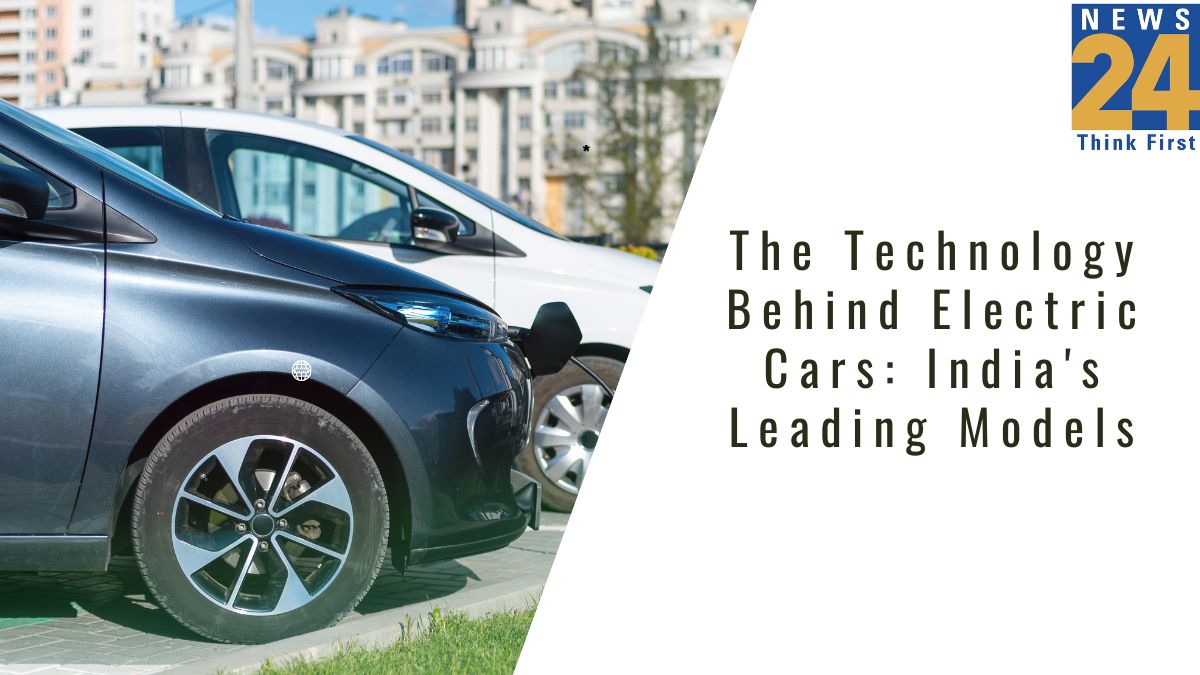
Electric vehicles (EVs) are equipped with an electric motor instead of an internal combustion engine used by conventional vehicles. Electric cars have a large traction battery, which powers the electric motor. The battery pack needs to be plugged into a power outlet, also known as electric vehicle power equipment (EVSE). Since the EV is powered by electricity, it does not emit harmful gases from the tailpipe. Also, it is free of any typical liquid fuel components like a fuel pump, fuel line, or fuel tank. Let’s delve into the technology behind electric cars.
Key components of an electric car
Battery (all-electric auxiliary): In an electric vehicle, the auxiliary battery powers the vehicle’s accessories.
Charging port: The electric car can be connected to an external power source through the charging port to charge the traction battery pack.
DC/DC converter: Acting as a voltage regulator, this device transforms the powerful DC output from the traction battery into a lower-voltage DC that the car needs to operate various accessories and top up the auxiliary battery.
Electric traction motor: This motor drives the electric car’s wheels using electricity from the traction battery. In some vehicles, motor generators perform both drive and regeneration duties.
Onboard charger: To charge the traction battery, it receives the AC power that comes through the charging port. It then converts it to DC power to top up the traction battery. Furthermore, it communicates with the charging equipment and monitors battery characteristics, such as voltage, current, temperature, and state of charge, while charging.
Power electronics controller: The Power electronics controller manages the flow of electricity from the traction battery. Acting as a conductor, it directs the power and precisely controls the speed and torque of the electric motor.
Also Read: Self-Driving Electric Cars In India – Future Prospects
Thermal system (cooling): The proper operating temperature range of the engine, electric motor, power electronics, and other components is taken care of by this system.
Traction battery pack: It stores the power that will be used by the electric traction motor.
Transmission (electric): Acting as a bridge, it transmits the electric traction motor’s mechanical power to the wheels.
The advanced technology of electric cars
Regenerative braking technology
Electric cars come with regenerative braking technology. When braking, the car’s electric motor works as a generator and converts the motion of the vehicle into electricity and stores it in the car’s battery. The life of the electric vehicle’s brake pads extends and the overall efficiency of the car increases, thanks to this technology.
Instant torque
Electric cars churn out instant torque. When you step on the accelerator, the vehicle’s electric motor generates maximum torque from the first moment, ensuring a smooth and fluid acceleration experience.
Advanced navigation systems
To find out the most efficient routes and save time for drivers, the advanced navigation systems use real-time data and traffic information. They also integrate features like the location of charging stations, parking availability, toll roads, and traffic jam information to optimise efficiency and enhance the driving experience.
Also Read: Best Electric Cars In India – Top Picks For 2024-Check Now!
